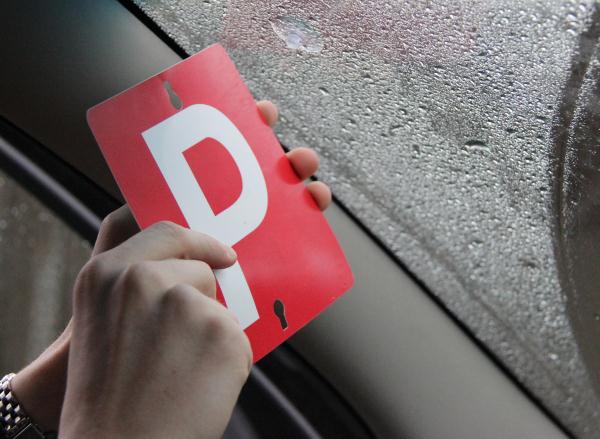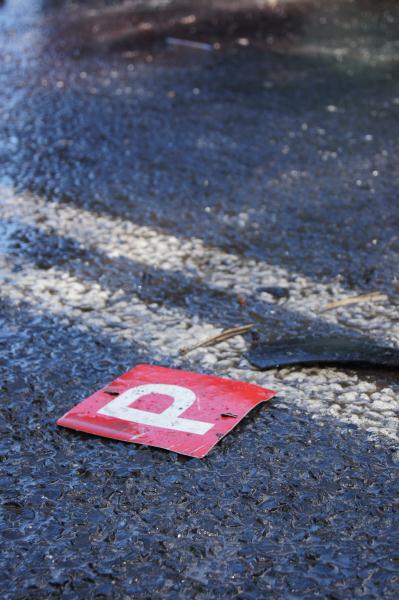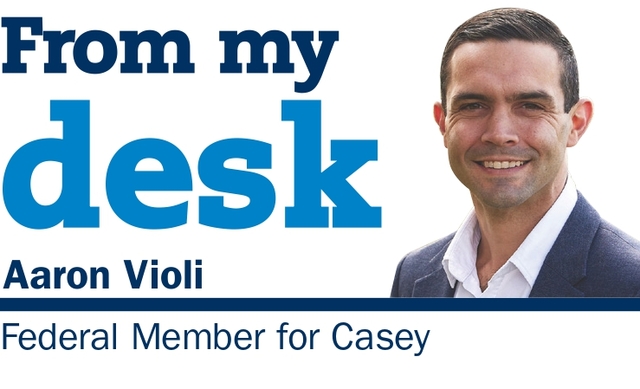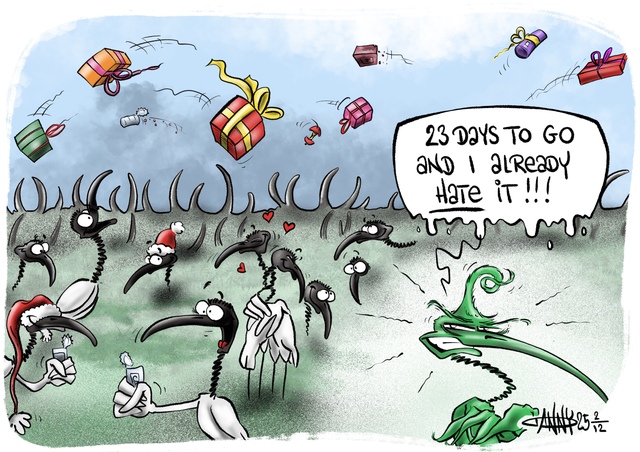YOUNG drivers are in denial about the road dangers right under their noses, according to research released this week as part of National Youth Week.
In a survey of young people between 16 and 24, results showed young drivers were less likely than older drivers to identify factors inside the car, such as talking on the phone, texting, drug driving, speeding and being distracted by passengers as safety hazards for a probationary driver compared to external factors – other drivers.
Drink-driving was the exception with younger people rating the danger from drink-driving as a higher risk than older drivers.
Genevieve Henderson, a vehicle accident lawyer with legal firm Slater and Gordon, said the firm researched 2000 young people.
“These internal factors included talking on a phone while driving – 25 per cent of young people ranked this as the biggest danger facing P-platers compared to 40 per cent of all ages – their own speeding (22 per cent versus 29 per cent) and distracting passengers (14 per cent versus 17 per cent).
“Younger people also tended to underestimate the dangers to P-platers of drug driving (26 per cent, compared to 28 per cent of all Australians) and texting while driving (44 per cent versus 47 per cent).
“These results showed that young people are still grappling with emerging issues like mobile phone use and driving while drugged, and that our relevant road safety campaign messages or even the risks of penalties are yet to sink in,” she said.
Ms Henderson said younger respondents were more likely than older Australians to think some of the biggest risks to P-platers were outside the car.
“For example they ranked drivers who hoon (31 per cent versus 28 per cent), other motorists driving dangerously (9 per cent versus 6 per cent) and being a victim of road rage by another driver (7 per cent versus 3 per cent) higher than the respondents of other ages,” Ms Henderson said.
“What our findings suggest is that young people may be lacking self-awareness about their own actions behind the wheel, with many of them believing that driving dangers are external to them and that other motorists are to blame.
“The sad fact is that Australia’s young drivers are over-represented in serious road crash statistics. They make up just 14 per cent of all licence holders, but are involved in about 25 per cent of serious incidents.
“While drivers of any age should look carefully at their behaviour on the roads, the sense of invincibility assumed by some young drivers, coupled with their limited experience, can be a dangerous mix.
“It is clear that young drivers benefit from support and education, particularly from an early age, to minimise their risky behaviours.
The divergence in relation to drink driving was an example. Ms said 54 per cent of all Australians rated drink driving as the number one danger to P-Platers, but the 16-24 age group put it at 63 per cent.
“This could be proof that our younger generations are heeding long-running warnings around drink driving, warnings which they would have been exposed to throughout their entire life.”
Young drivers won’t wake up

Digital Editions
-

Like an American Seventh Seal
Train Dreams Starring Joel Edgerton and Felicity Jones M 5/5 A sad but beautiful life unfolding on-screen, Train Dreams is a sumptuously-shot, superbly-acted film directed…






